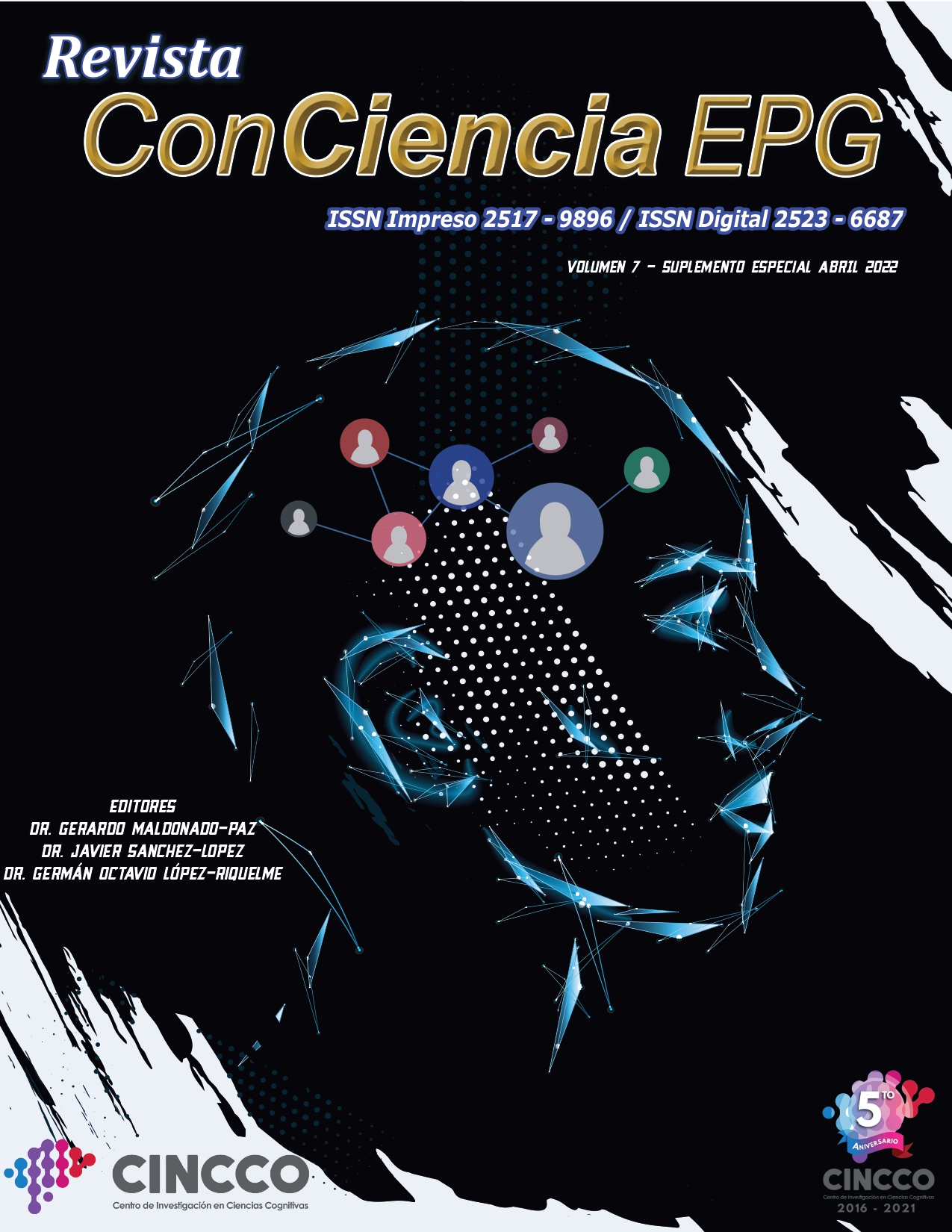Online version of a Theory of Mind test in Mexicans Versión en-línea de una prueba para evaluar la teoría de la mente en población mexicana
Contenido principal del artículo
Resumen
The “Reading the Mind in the Eyes test” (RMET), also known as “The Eyes test”, is one of the most widely used tests to study Theory of Mind (ToM) and has been translated to several languages around the world. The aim of this study was to present an online version of the RMET designed for a Mexican population (Barrera-Valdivia et al., 2019) and to explore sex and age-related effects on the performance of the test. 1489 adults (1054 female, 71%) age 18 to 87 (M=30, SD=15) participated in the study. Participants were instructed to choose the word that best described what the person in each picture was feeling among four options. Stimuli consisted of full color images of 45 people’s eyes who expressed a variety of mental states. Results showed that 30 stimuli met the selection criteria: ≥50% selected on target and ≤25% on any of the foils. Average accuracy in response was 76% (SD= 11%) with observable differences by sex and age. Response accuracy allowed to classify stimuli into three difficulty levels (easy, intermediate, and difficult). Results showed that the online version of the RMET is an adequate assessment tool for ToM research in Mexican population as well as other Latin Americans communities that share cultural features.
Detalles del artículo

Esta obra está bajo una licencia internacional Creative Commons Atribución-NoComercial 4.0.
Cómo citar
Referencias
The “Reading the Mind in the Eyes test” (RMET), also known as “The Eyes test”, is one of the most widely used tests to study Theory of Mind (ToM) and has been translated to several languages around the world. The aim of this study was to present an online version of the RMET designed for a Mexican population (Barrera-Valdivia et al., 2019) and to explore sex and age-related effects on the performance of the test. 1489 adults (1054 female, 71%) age 18 to 87 (M=30, SD=15) participated in the study. Participants were instructed to choose the word that best described what the person in each picture was feeling among four options. Stimuli consisted of full color images of 45 people’s eyes who expressed a variety of mental states. Results showed that 30 stimuli met the selection criteria: ≥50% selected on target and ≤25% on any of the foils. Average accuracy in response was 76% (SD= 11%) with observable differences by sex and age. Response accuracy allowed to classify stimuli into three difficulty levels (easy, intermediate, and difficult). Results showed that the online version of the RMET is an adequate assessment tool for ToM research in Mexican population as well as other Latin Americans communities that share cultural features.
